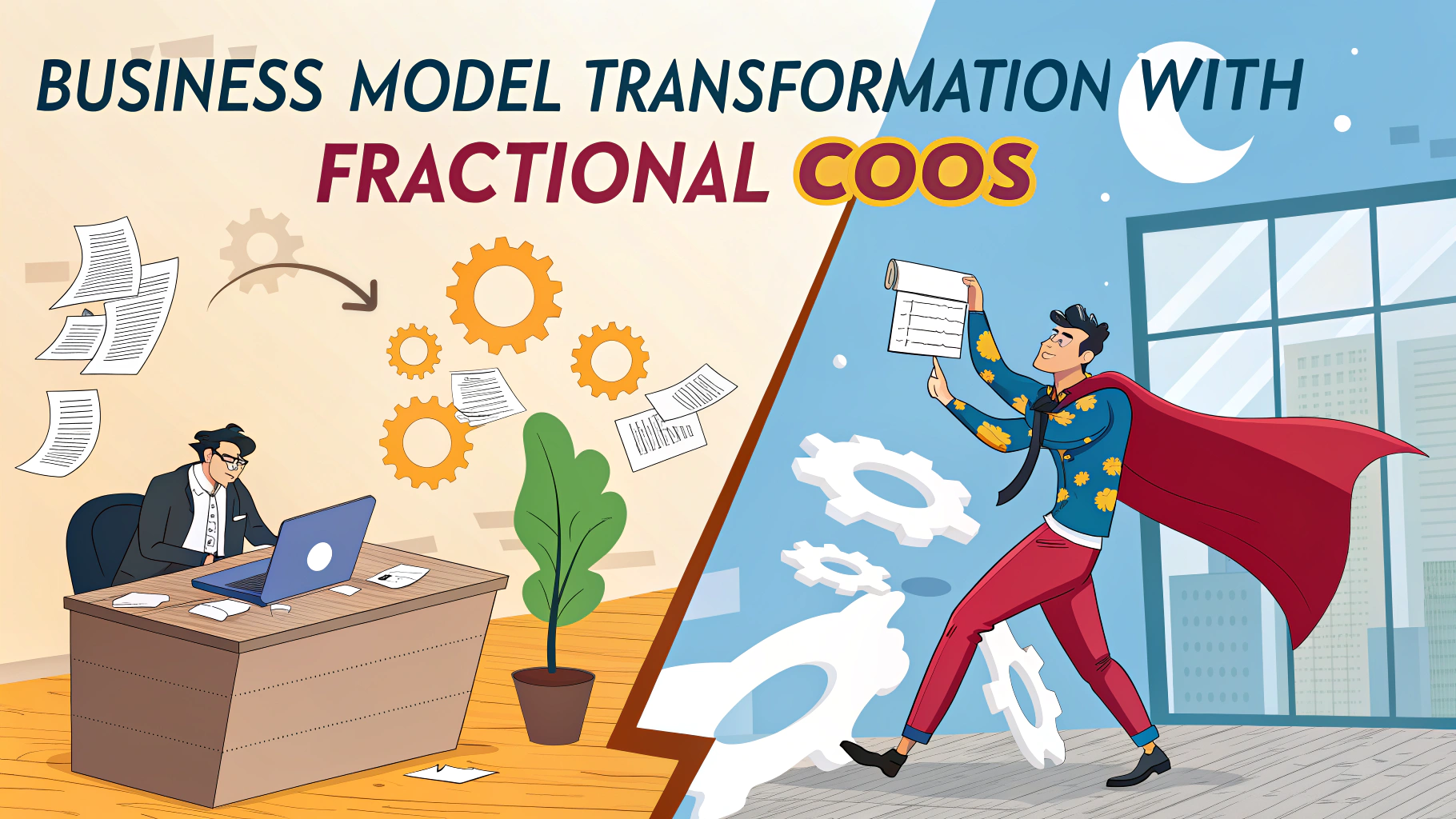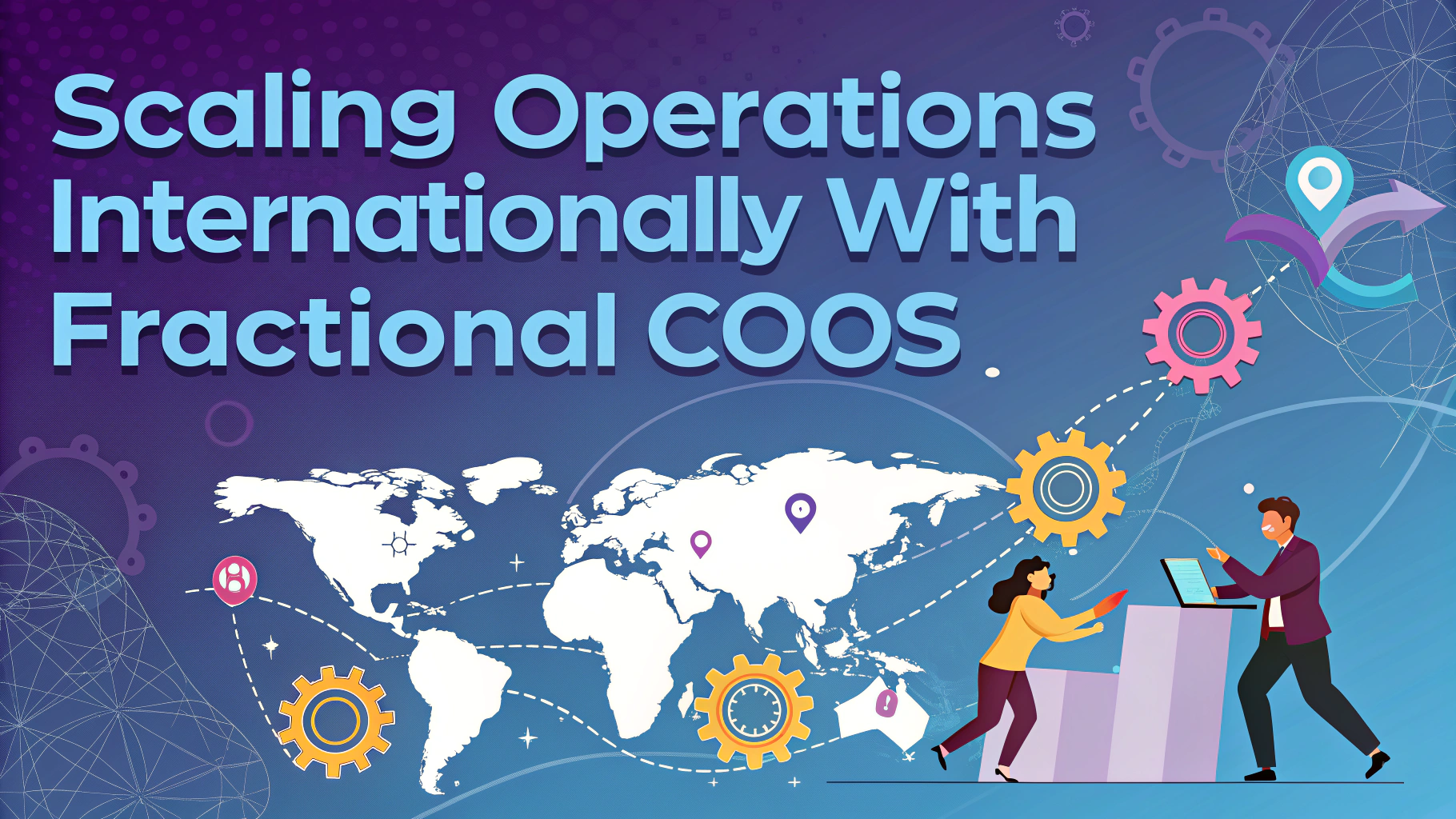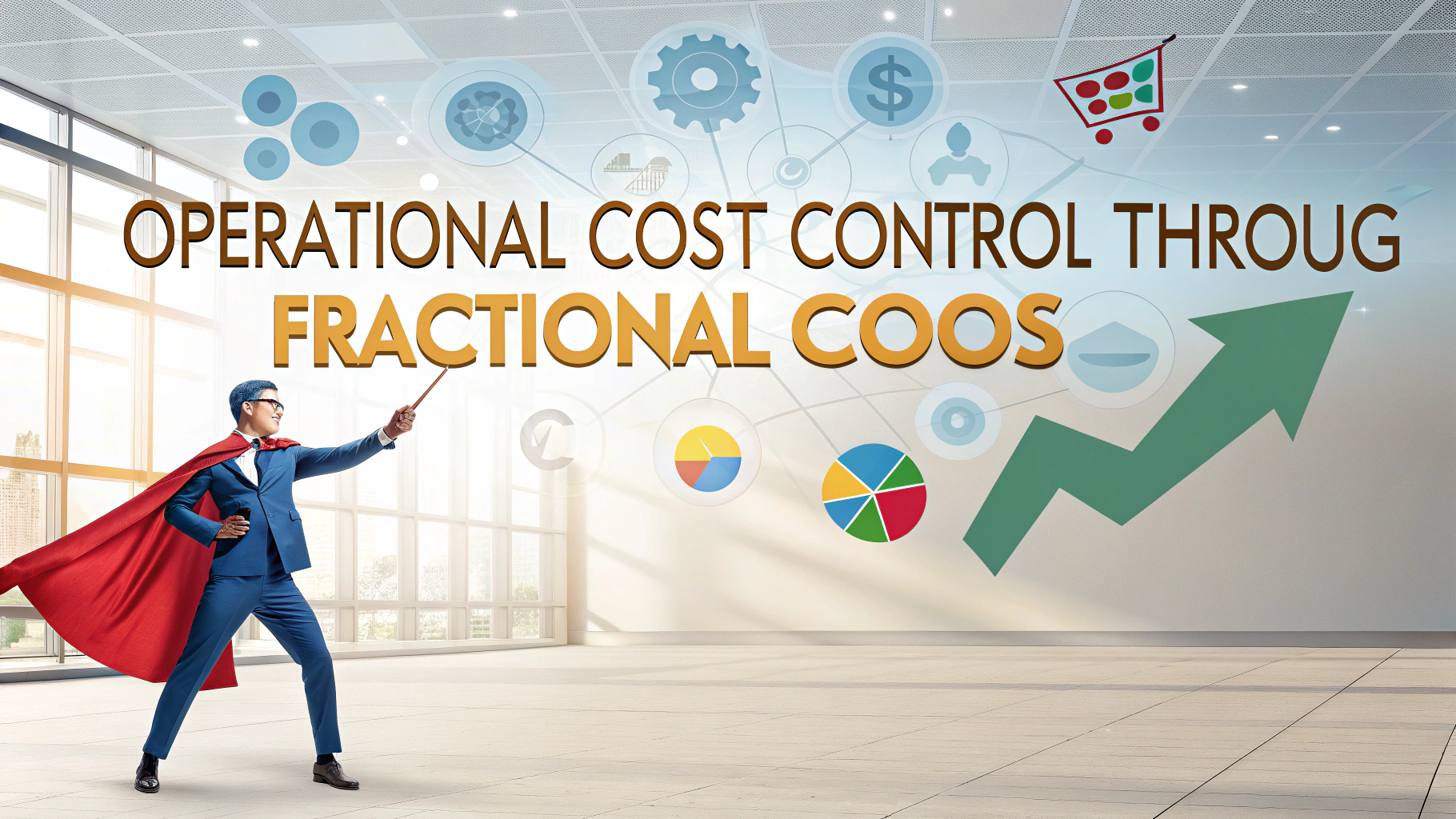The Chief Operating Officer (COO) typically ranks below the President in most corporate hierarchies, though exact reporting structures can vary between organizations.
A President usually reports directly to the CEO and Board of Directors, while the COO generally reports to either the President or CEO.
Understanding these executive roles and their relationships helps clarify organizational leadership and decision-making processes.
Executive Hierarchy Explained
A typical corporate hierarchy from top to bottom includes: Board of Directors → CEO → President → COO → Other C-Suite Executives.
- Board of Directors: Sets overall company direction
- CEO: Responsible for total management
- President: Handles strategic operations
- COO: Manages day-to-day operations
Role Differences
| President | COO |
|---|---|
| Strategic planning | Operational execution |
| External relationships | Internal management |
| Long-term vision | Daily operations |
Exceptions to Standard Structure
Some organizations combine the President and COO roles into one position.
Startup companies might have flatter hierarchies where the COO reports directly to the CEO.
International companies sometimes use different titles for similar roles.
Making Career Choices
Each role requires different skill sets: Presidents need strong leadership and strategic thinking, while COOs need exceptional operational and management abilities.
Career Path Tips:
- Build broad business experience
- Develop both strategic and operational skills
- Gain industry-specific expertise
- Network with executives
Next Steps for Success
Consider joining professional organizations like the Chief Operating Officer Business Forum (COOBF) or American Management Association (AMA) for networking and development opportunities.
Contact these organizations for more information:
- American Management Association: (877) 566-9441
- National Association of Corporate Directors: (571) 367-3700
Industry-Specific Variations
Different industries may structure their executive roles in unique ways:
- Technology companies often have CTOs at the same level as COOs
- Financial institutions might prioritize CFO positions
- Healthcare organizations typically include Chief Medical Officers
Compensation Trends
Executive compensation varies significantly based on:
| Factor | Impact |
|---|---|
| Company Size | Larger companies offer higher compensation |
| Industry | Tech and finance typically pay more |
| Location | Major markets command premium salaries |
Future of Executive Roles
Corporate leadership positions continue to evolve with:
- Increased focus on digital transformation
- Greater emphasis on sustainability
- Remote workforce management skills
- Global market expertise requirements
Navigating Your Leadership Journey
Success in executive positions requires continuous adaptation and growth. Focus on:
- Staying current with industry trends
- Building cross-functional expertise
- Developing global perspective
- Maintaining strong professional networks
Remember that the path to executive leadership is unique for each individual, and success comes from combining experience, skills, and opportunities effectively.
FAQs
- Is the Chief Operating Officer (COO) higher than the President?
No, typically the President ranks higher than the COO in most organizational structures. The President usually reports directly to the CEO and is often second in command, while the COO generally reports to either the CEO or President. - What are the main responsibilities of a Chief Operating Officer?
A COO oversees daily business operations, implements business strategies, manages operational functions, ensures efficiency, and supervises department heads. They focus on executing the company’s internal processes. - What is the typical reporting structure for a COO?
The COO usually reports to the CEO or President, and has other executives like department heads and vice presidents reporting to them. They serve as the operational executor of the organization’s strategy. - Can a COO become President?
Yes, COOs often advance to President or CEO positions, as their operational experience provides valuable preparation for higher executive roles. - What’s the difference between a COO and President?
The President typically has broader authority and focuses on overall company direction, strategy, and external relationships, while the COO concentrates on internal operations and execution. - How common is it for companies to have both a President and COO?
Large organizations often have both positions, while smaller companies might have one person serving both roles or choose one over the other based on their organizational needs. - What qualifications are typically required for a COO position?
COOs usually need extensive operational experience, strong leadership skills, an MBA or related advanced degree, and 10-15 years of progressive management experience. - Do all companies need a COO?
No, not all companies require a COO. The necessity depends on the organization’s size, complexity, and operational needs. Some companies operate effectively without this position.







